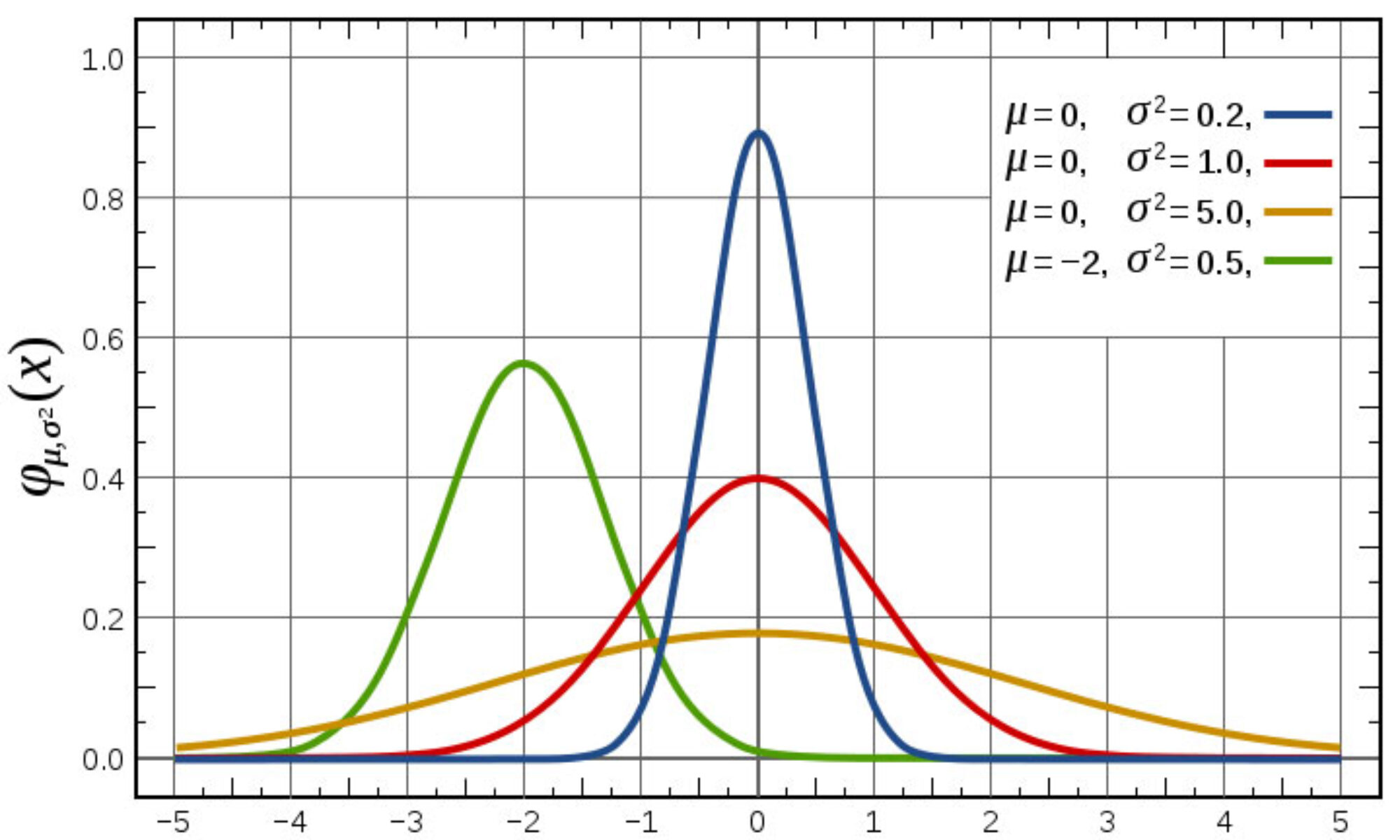According to Section III.C.16 of Baylor’s Honor Code Policy and Procedures, using, uploading, downloading, or purchasing any online resource that has been derived from material pertaining to a Baylor course without the written permission of the professor constitutes dishonorable conduct; i.e., an act of academic dishonesty. Section IV.A. of the same document obligates faculty members who suspect that a student has engaged in dishonorable conduct of this sort to either handle the matter directly with the student or refer it to the Honor Council.
While you may use course-related documents that I distribute in class and on the course website for strictly personal academic purposes, anything other than your personal use of these documents is in violation of Section III.C.16 of Baylor’s Honor Code Policy and Procedures and therefore, expressly forbidden. Examples include sharing course-related documents with students who are not enrolled in Finance 4335 and uploading such documents to so-called course-sharing websites such as Quizlet, Coursehero, and Chegg, etc. Furthermore, the use of course-related documents (e.g., old problem sets and exams) from any other source other than me also represents an honor code violation.
I close by citing the “Academic Honesty and Integrity” section of the Finance 4335 course syllabus:
Plagiarism, or any form of cheating, involves a breach of student-teacher trust. This means that work on quizzes, problem sets, and exams submitted under your name is expected to be your own, neither composed by anyone else as a whole or in part, nor handed over to another person for complete or partial revision. Instances of plagiarism, or any other act of academic dishonesty, will be reported to the Honor Council and may result in failure of the course or expulsion from the University.
Baylor’s honor code and the Finance 4335 honor code are important resources for understanding various types of academic dishonesty, and I expect my students to be intimately familiar with both of these documents. The standards set forth in both of these honor codes will be applied to all of your work in Finance 4335.
